Powerful phreatic eruption at Rincon de la Vieja volcano, Costa Rica
A powerful phreatic eruption occurred at Rincon de la Vieja volcano, Costa Rica at 14:34 LT on May 25, 2023, producing a plume composed of water vapor and volcanic material up to 3 km (9 840 feet) above the crater. Despite the intensity of the eruption, no ashfall has been reported in nearby villages.
The eruption was powerful enough to generate pyroclastic flows and white phoenix clouds. The towering walls of cloud rose about 3 km (9 840 feet) above the crater and drifted in a northwest direction. This is 4.9 km (16 000 feet) above sea level.
“The volcano has recorded eruptions throughout the week, although not as large as this one. An eruption of such magnitude indicates a surge in activity,” geologist Blas Sanchez said.
OVSICORI-UNA reported that small phreatic eruptions periodically occurred at Rincón de la Vieja from May 16 to 23. Four small events occurred on May 16 and 17; the last one, recorded at 12:55 LT on May 17, produced a gas-and-steam plume that rose 700 m (2 300 feet) above the crater rim.
Sulfur dioxide emissions were almost as high as 5 000 tonnes per day on May 17; emissions averaged around 132 tonnes per day during the previous week.
Vigorous gas emissions were visible in the early morning of May 20 and a phreatic event occurred at 16:48 LT that same day. At 13:49 LT, a phreatic event generated a plume mostly comprised of steam that rose 1 km (3 300 feet) above the crater rim.
Geological summary
Rincón de la Vieja, the largest volcano in NW Costa Rica, is a remote volcanic complex in the Guanacaste Range. The volcano consists of an elongated, arcuate NW-SE-trending ridge that was constructed within the 15-km-wide (9.3 miles) early Pleistocene Guachipelín caldera, whose rim is exposed on the south side.
Sometimes known as the “Colossus of Guanacaste,” it has an estimated volume of 130 km3 (31 mi3) and contains at least nine major eruptive centers.
Activity has migrated to the SE, where the youngest-looking craters are located. The twin cone of 1 916 m (6 300 feet) high Santa María volcano, the highest peak of the complex, is located at the eastern end of a smaller, 5 km (3.1 miles) wide caldera and has a 500 m (1 640 feet) wide crater.
A plinian eruption producing the 0.25 km3 (0.05 mi3) Río Blanca tephra about 3 500 years ago was the last major magmatic eruption. All subsequent eruptions, including numerous historical eruptions possibly dating back to the 16th century, have been from the prominent active crater containing a 500 m (1 640 feet) wide acid lake located ENE of Von Seebach crater.
This volcano is located within the Area de Conservación Guanacaste, a UNESCO World Heritage property.
References:
1 Rincon de la Vieja activity update – OVSICORI-UNA – May 27, 2023
2 Global Volcanism Program, 2023. Report on Rincon de la Vieja (Costa Rica). In: Sennert, S K (ed.), Weekly Volcanic Activity Report, 17 May-23 May 2023. Smithsonian Institution and US Geological Survey
3 Rincon de la Vieja – Geological summary – GVP
Featured image credit: Deikel Arley (stillshot)

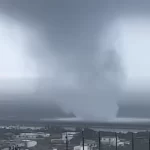
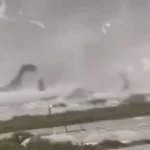
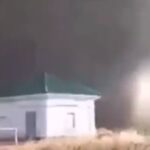
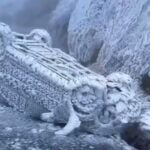
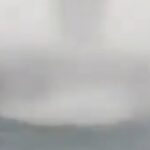

Commenting rules and guidelines
We value the thoughts and opinions of our readers and welcome healthy discussions on our website. In order to maintain a respectful and positive community, we ask that all commenters follow these rules.